Preview |
PDF (Preprint)
- Requires a PDF viewer such as GSview, Xpdf or Adobe Acrobat Reader
1MB |
Preview |
PDF (Supplementary Material)
- Requires a PDF viewer such as GSview, Xpdf or Adobe Acrobat Reader
2MB |
| Item Type: | Preprint |
|---|---|
| Title: | Development and internal validation of a gradient-boosted trees model for prediction of delirium after surgery and anesthesia (the BioCog study) |
| Creators Name: | Lammers-Lietz, F., Akyuez, L., Boraschi, D., Borchers, F., de Bresser, J., Chatterjee, S., Correia, M.M., de Lange, N.M., Dschietzig, T.B., Ghosh, S., Feinkohl, I., Ferreira da Silva, I., Fislage, M., Fournier, A., Gallinat, J., Hadzidiakos, D., Hädel, S., Halzl-Yürek, F., Heilmann-Heimbach, S., Heinrich, M., Hendrikse, J., Hoffmann, P., Janke, J., Kant, I.M.J., Kraft, A., Krause, R., Kruppa-Scheetz, J., Kuehn, S., Lachmann, G., Laubach, M., Lippert, C., Menon, D.K., Mörgeli, R., Müller, A., Mutsaerts, H., Nöthen, M., Nürnberg, P., Ofosu, K., Pietzsch, M., Piper, S.K., Pischon, T., Preller, J., Scheurer, K., Schneider, R., Scholtz, K., Schreier, P.H., Slooter, A.J.C., Stamatakis, E.A., von Haefen, C., van Montfort, S.J.T., van Dellen, E., Volk, H.D., Weber, S., Wiebach, J., Wiehe, A., Winterer, J.M., Wolf, A., Zacharias, N., Spies, C. and Winterer, G. |
| Abstract: | IMPORTANCE: Postoperative delirium (POD) is a multietiological condition and affects 20% of older surgical patients. It is associated with poor clinical outcome and increased mortality. OBJECTIVE: We aimed to develop and validate a risk prediction algorithm for POD based on a multimodal biomarker database exploiting preoperative data (predisposing factors) and procedural factors as well as perioperative molecular changes associated with POD (precipitating factors). DESIGN: BioCog is a prospective cohort study conducted from November 2014 to April 2017. Patients were followed up for seven postoperative days after surgery for POD. Gradient-boosted trees (GBT) with nested cross-validation was used for POD prediction. SETTING: Patients aged ≥65 years were enrolled at the anesthesiologic departments of two tertiary care centers. EXPOSURE: All patients underwent surgery with an expected duration of at least 60min. Clinical, neuropsychological, neuroimaging data and blood were collected and clinically well established as well as non-established biomarkers (e.g., gene expression profiling) were measured pre- and postoperatively. MAIN OUTCOME: POD according to DSM 5 until the seventh postoperative day RESULTS: 184 of 929 (20%) patients experienced POD. A GBT algorithm using both preoperative data, characteristics of the intervention and postoperative changes in laboratory parameters achieved the highest area under the curve (0.83, [0.79; 0.86]) with a Brier score of 0.12 (0.12; 0.13). CONCLUSIONS AND RELEVANCE: Models combining predisposing factors with precipitating factors predict POD best. Non-routine laboratory data provide useful information for POD risk prediction, providing relevant results for future studies on the molecular factors of POD. In addition, possibly relevant molecular mechanisms contributing to the development of POD were identified, mostly indicating a dysregulated postoperative immune response. This study constitutes the basis for future hypothesis-driven analyses or implementation of prediction expert system for clinical practice. |
| Keywords: | Postoperative Delirium, Postoperative Complications, Anesthesia, Cohort Study, Neuroimaging, Risk Factors, Transcriptome, Blood Specimen Collection |
| Source: | medRxiv |
| Publisher: | Cold Spring Harbor Laboratory Press |
| Article Number: | 2024.12.30.24319760 |
| Date: | 30 December 2024 |
| Official Publication: | https://doi.org/10.1101/2024.12.30.24319760 |
Repository Staff Only: item control page

 Tools
Tools Tools
Tools
